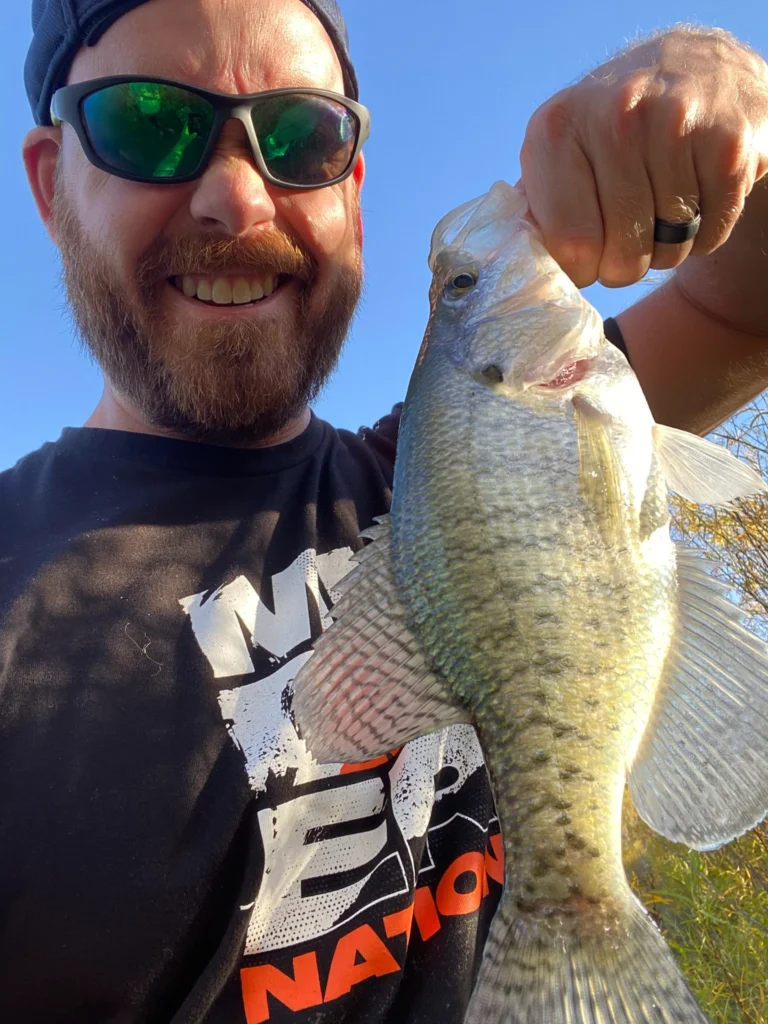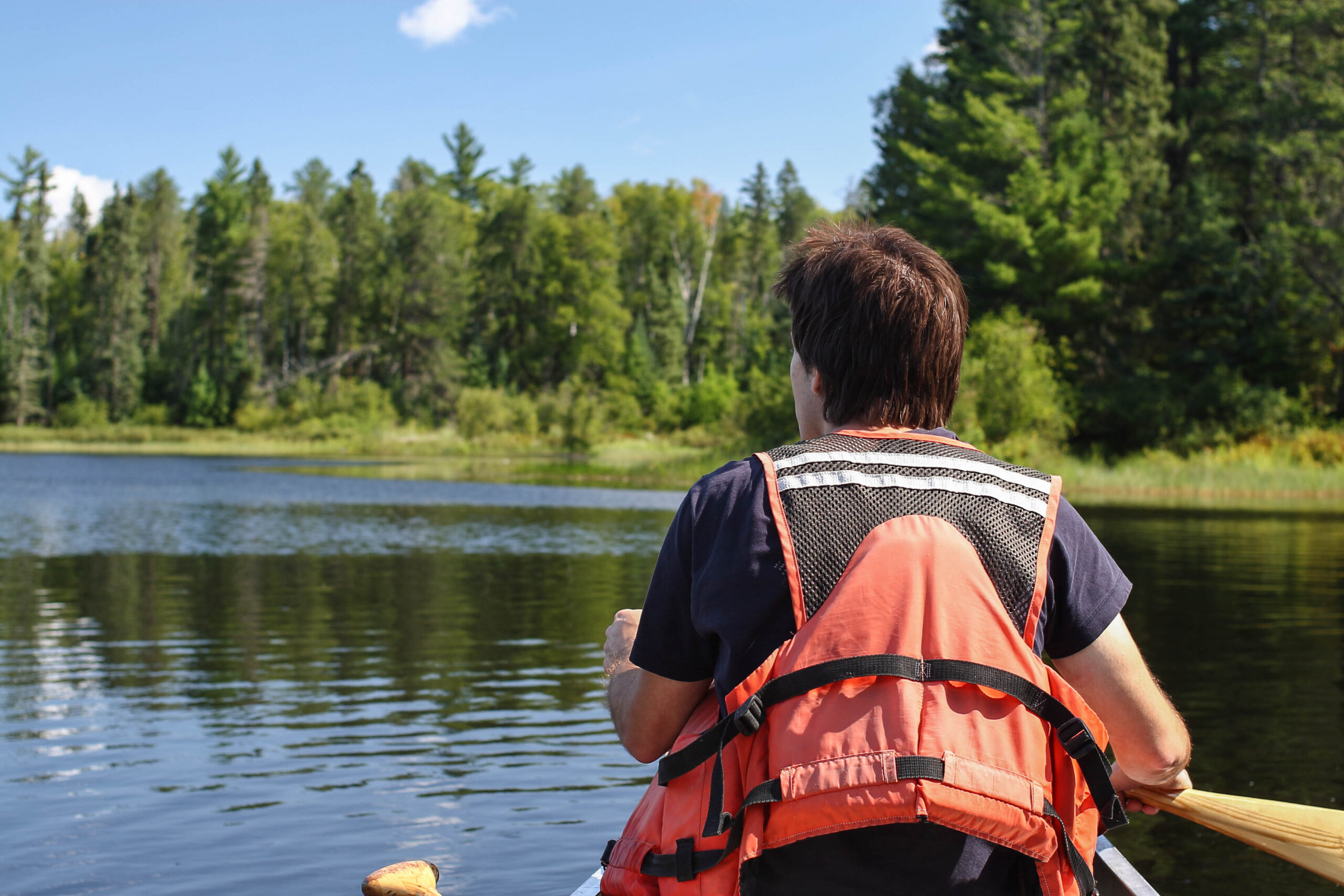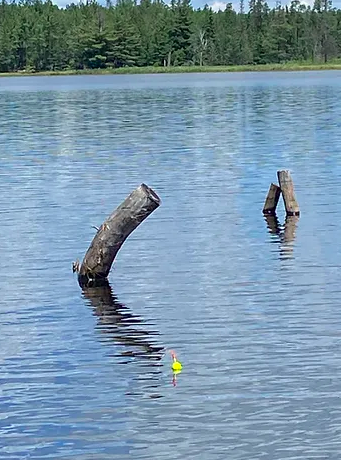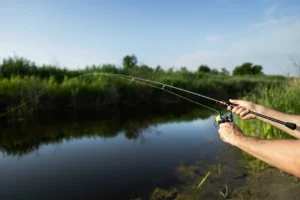
Ah, the crappie spawn—a time when these tasty little panfish lose all sense of self-preservation and practically beg to be caught. If you’ve ever wondered when crappie decide to turn the shallows into their own personal dating pool, the answer is simple: when the water hits 62–67°F, love (and fishing) is in the air. But if you’re the type who likes specifics—and wants to catch them at their most reckless—stick around. We’re about to break down when, where, and how to cash in on crappie spawning season.
Subscribe and Get Exclusive Crappie Information
Understanding the Crappie Spawn Cycle
Crappie don’t just wake up one morning, check their fishy calendars, and decide it’s time to spawn. Their biological alarm clock is set by water temperature, and once the right conditions hit, they go through a predictable three-phase cycle: Pre-Spawn, Spawn, and Post-Spawn. Let’s break it down.
Pre-Spawn Period (55-65°F) – The Warm-Up

This is the time when crappie start moving from deeper water into shallower staging areas, kind of like fish stretching before a marathon. They’re not quite ready to get down to business, but they’re actively feeding to bulk up for the big event. Males begin scouting nesting sites in shallow coves, protected bays, and areas with submerged cover. Meanwhile, the females are lurking nearby, waiting for conditions to be just right before making their move.
🎯 Fishing Tip: Pre-spawn crappie are hungry and aggressive, making this a great time to catch them before they get distracted by romance. Target them with jigs, minnows, and small crankbaits near drop-offs leading to shallow flats.
Spawn Period (62-67°F) – The Main Event
This is it—the crappie version of spring break. Males dig out nests in shallow water (1-6 feet deep), and females roll in to lay eggs before promptly ghosting their partners. The males stick around to guard the eggs like overprotective dads, chasing off anything that comes near—including your bait.
🎯 Fishing Tip: Sight fishing is your best bet. Look for dark spots or depressions on the bottom near structure, and drop a small jig or live minnow right into the nest. The males will attack anything that gets too close, which makes for some easy catches.
Post-Spawn Period (70°F+) – The Hangover
Once the eggs hatch, crappie are done with their parenting responsibilities and scatter. The males, exhausted from their brief stint as bodyguards, retreat to deeper water to recover, while the females—who ditched their duties early—are already moving back toward their usual hangouts. This transition period can make fishing a little tougher since crappie aren’t concentrated in shallow water anymore.
🎯 Fishing Tip: Post-spawn crappie head to deeper water (10-20 feet), often suspending around submerged trees, brush piles, or drop-offs. Switch to slow-moving jigs or live bait, and be prepared to cover water until you locate the schools.
And there you have it—the crappie spawn cycle, from the eager pre-game warm-up to the chaotic main event, and finally, the inevitable retreat to deeper waters. If you time it right, you can cash in on some of the easiest and most exciting fishing of the year.
When Do Crappie Spawn? (Seasonal Breakdown)
Since the Crappie Spawn primarily correlates with temperature, it can vary yearly in the same lake. The book Crappie Wisdom (Al Lindner, 1985) breaks the United States into three regions: Southern, Mid, and Northern. The Mid Region is essentially bracketed between interstates I-40 and I-80 and the spawn typically occurs in April. The Northern Region is north of I-80 and spawn typically occurs in May. In far North lakes, crappies can even spawn in June. The Southern Region is South of I-40 and spawn typically occurs in March. It is possible to find southern Crappie spawning in February.
Breaking down the spawning season by region is just an approximation. You need to watch the water temperature and fishing reports in your region to get a feel for when the Crappie spawn turns on. I use the FishBrain app to see when the crappie bite near me starts heating up. Once the water temperature hits 60°F consistently, you need to make plans to find the Crappie beds.
For a full seasonal breakdown of Crappie behavior checkout my post: Best Time to Catch Crappie: Seasonal Slab Patterns, Water Temps, and Fishing Tips
Where Do Crappie Spawn?

Crappie don’t just spawn anywhere—they have standards. When it’s time to settle down and start a family, they look for the perfect combination of shallow water, structure, and safety from predators. If you’re looking to fill your livewell during the spawn, you need to know where these fish are setting up shop.
1. The North Shore – The First to Warm Up
If you want to find crappie fast, head for the north shore. Since it gets the most direct sunlight throughout the day, this part of the lake warms up first, making it one of the best places to start looking for spawning crappie. Water temperature is everything, and crappie will flock to these slightly warmer areas to nest before the rest of the lake catches up.
🎯 Fishing Tip: Start shallow along the north-facing banks, especially in coves and protected bays with gravel or muddy bottoms. Cast a small jig or minnow near visible structure—chances are, crappie are already fanning out their nests.
2. Shallow Flats & Coves – The Spawning Playground
Once crappie commit to spawning, they move into water just 1-6 feet deep. The best spots are calm, protected areas—think backwater bays, coves, or shallow flats that don’t get blasted by wind and waves. If the water is clear, you might even see the nests: small, circular depressions on the bottom.
🎯 Fishing Tip: Sight-fishing is key here. If you can see the beds, drop a small jig or minnow right on top. Males guarding the nest will strike aggressively to defend their turf.
3. Brush Piles, Fallen Trees, and Stumps – The Crappie Nursery
Crappie love cover. Not because they’re shy, but because it keeps their eggs safe from hungry predators like bass and bluegill. Submerged brush piles, fallen trees, stumps, and even man-made structure are prime nesting zones. If there’s structure in shallow water, there’s a good chance crappie are using it.

4. Weed Beds & Reeds – The Natural Hideouts
If the lake has weeds, reeds, or lily pads, don’t overlook them. These areas provide excellent shelter for eggs and newly hatched fry, making them a magnet for spawning crappie. You won’t always see the beds, but if the water temp is right, they’re there.
5. Docks & Shoreline Structures – Urban Spawning Zones
Man-made structures like docks, piers, and boat ramps are overlooked spawning spots, but they offer shade, structure, and protection—everything crappie need to feel comfortable laying eggs.
Spawning crappie are predictable—they go where the water is warm, the structure is good, and the predators are few. If you’re struggling to find them, start on the north shore, work the shallow flats, and key in on structure. Once you find one nest, you’ve likely found dozens, and it’s game on from there.
Best Fishing Techniques for the Spawn
If the Crappie are in Pre-Spawn mode they are feeding, but if they are in Spawn mode they are protecting their nests. Pre-Spawn Crappie are susceptible to many types of baits. Live bait and bobber ‘slip-corking’ techniques can be particularly effective. ‘Slip-corking’ is when you take a plastic a slip-knot bobber and jig it to the desired depth with your float. This technique allows you to get your plastic right above their noses and trigger bites. But when the Crappie are spawning, the males on the beds are not feeding – they are defending. Dangling a minnow on a hook may not trigger a bite. But jigging a plastic or hair jig in their territory may trigger the male to defend the eggs and bite your bait. If the male is on his bed, try different techniques to trigger his defense mechanisms. Each male is unique and may be triggered by different jigging actions, colors, or vibrations. Experiment to see what works and what does not.
Final Tips & Takeaways
If there’s one thing you should take away from this, it’s that crappie are predictable during the spawn—and that’s a good thing. They’re not roaming all over the lake, they’re not playing hard to get, and they’re certainly not ignoring anything that threatens their nests. Find the right spots, use the right gear, drop the right bait, and they’ll do the rest.
For a buying guide for the best Crappie fishing rod and reels check out my post: The Best Crappie Rod, Reel, and Combos Buying Guide.
Here’s the game plan in case you zoned out:
✅ Watch the Water Temp – Spawning kicks in when water hits 62-67°F, so if you’re still waiting on the calendar, you’re doing it wrong.
✅ Start on the North Shore – It warms up first, and crappie know it. Hit the shallow, sunlit coves before the rest of the lake catches up.
✅ Look for Cover – Brush piles, fallen trees, weed beds, docks—if it offers protection, crappie are using it.
✅ Use Small, Annoying Baits – Jigs, minnows, or soft plastics twitched in front of a nest will trigger aggressive strikes.
✅ Don’t Overthink It – Crappie aren’t playing mind games. Find them. Drop bait. Set hook. Repeat.
If you time it right, the spawn is one of the best fishing windows of the year—fast action, aggressive bites, and big slabs ready to be caught. 🎣
Subscribe Now for inside information about when and where to catch massive slabs!
Subscribe and Get Exclusive Crappie Information
Reference:
Al Lindner, D. C. (1985). Crappie Wisdom. Baxter: In-Fisherman.


0 Comments